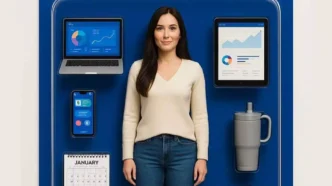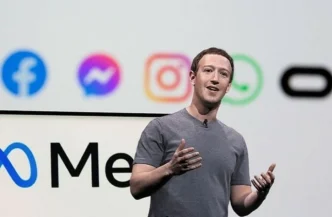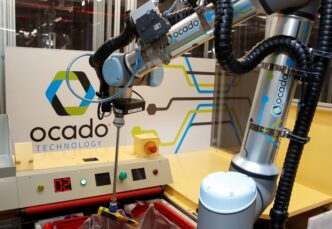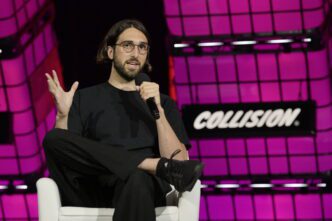A new wave of playful self-representation is sweeping across LinkedIn—this time in the form of AI-generated action figures. Thanks to ChatGPT image generation feature, users are turning themselves into boxed dolls complete with custom props, career-themed packaging, and toy-store flair.
The trend took off shortly after the success of viral Studio Ghibli-style portraits. Now, professionals are embracing the idea of becoming miniature versions of themselves—coffee cup in hand, laptop at the ready, and all wrapped up in a Barbie-style box.
From Headshots to Hashtags
The most common format mimics a classic action figure or Barbie doll, styled with accessories that reflect a user’s career or personality. Each image looks like it belongs on a store shelf, complete with a nameplate, tagline, and personalized design. Think: a marketer with a stack of books, or a software engineer wielding a keyboard.
It all started on LinkedIn, where creators and consultants jumped on the trend as a fresh, fun way to express their personal brand. Soon after, the movement spread to platforms like Instagram, TikTok, and Facebook—though it still thrives mainly on LinkedIn.
What makes this format unique is how it blends humour, nostalgia, and personal branding into a single visual. It’s playful but polished—part novelty toy, part professional headshot, and 100% shareable.
How It Works
The feature, available through ChatGPT’s GPT-4o model, lets users upload a high-quality photo and write a custom prompt describing their ideal action figure. People include details like their name, clothing style, job role, and specific accessories—down to coffee mugs, makeup brushes, or even pets.
Some lean into full-on “Barbiecore” aesthetics, with sparkles, pink backgrounds, and big smiles. Others take a more serious route, opting for sleek packaging that reflects their professional identity.
Refinements are part of the process. Most users generate multiple images, tweaking prompts until they get just the right look. The final result? A high-gloss, AI-generated version of themselves that’s ready for the shelf—or their next LinkedIn post.
ChatGPT Creating Brand Buzz and Celebrity Cameos
While not as massive as the Ghibli portrait trend, the action figure craze is gaining momentum. Hashtags like #AIBarbie and #BarbieBoxChallenge have surfaced, pulling in steady engagement across platforms.
Brands such as Mac Cosmetics and NYX have joined the trend with their own stylized takes. Even public figures are getting involved—U.S. Representative Marjorie Taylor Greene shared a doll version of herself, accessories and all.
That said, most influencers have stayed on the sidelines, and many posts see modest engagement. Still, the trend marks another sign of how ChatGPT image generation is seeping into mainstream digital culture.
What makes this trend stick is its simplicity. There’s no need for complex editing or artistic skill—just a good photo, a clear prompt, and a little imagination. For many, it’s a lighthearted way to explore AI-powered creativity with a personal twist.
And while some may dismiss it as a passing gimmick, others see it as a glimpse into how everyday users will engage with AI in the future—not just for work, but for self-expression and storytelling.
When Studio Ghibli portraits first exploded, demand for ChatGPT’s image tool surged so dramatically that OpenAI had to limit access for free users. CEO Sam Altman described it as “biblical demand.”
The Barbie-style image trend, though smaller in scale, follows that same pattern—quick, viral, and deeply personalized.
As users turn themselves into boxed dolls and action figures, it’s clear that AI isn’t just changing how we work—it’s transforming how we see ourselves online.













